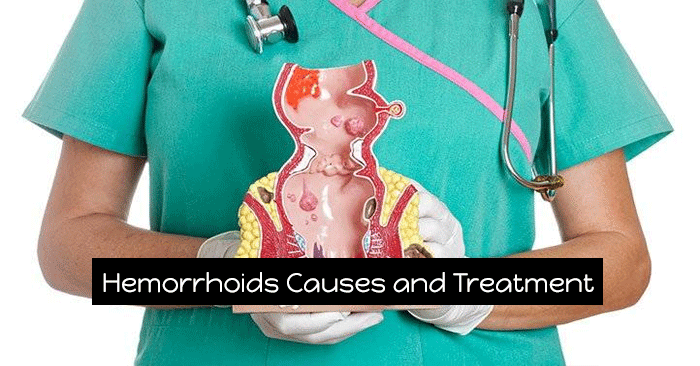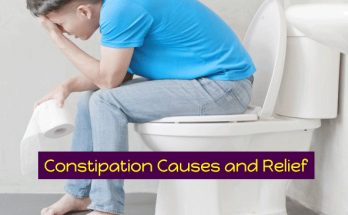What are Hemorrhoids? Piles Causes, Types, Symptoms, and Treatment
Any person who develops rectal bleeding could have a medical condition called Hemorrhoids or Piles. Hemorrhoids are basically dilated or swollen veins in the anal or rectal region. They are one of the most common anal pathologies these days and can happen to any age group. Usually, they present with painless, per rectal bleeding while defecating and the blood is mostly bright red in color.
Causes of Hemorrhoids:
There are many causes of hemorrhoids. The most important risk factor is prolonged or chronic constipation. Not just constipation, if anybody has irregular bowel habits, with frequently alternating diarrhea or constipation, they are more likely prone to developing piles.
Other factors include a low fiber diet, which also adds to constipation. Any causes of increased intra-abdominal pressure could also lead to the development of piles. Such conditions include ascites (fluid buildup in the abdominal cavity), obesity, prolonged straining or sitting, pregnancy or any intra-abdominal mass.
Even a chronic cough, which is left neglected and untreated, it can cause straining and lead to the formation of piles. Women who have are major multi-paras (those who have had multiple natural childbirths) tend to have weakened pelvic floor muscles and they can easily develop piles as well.
Piles Treatment with Home Remedy
Types of Hemorrhoids:
Internal Hemorrhoids:
These tend to remain inside the rectum and anal canal and do not come out of the anal opening.
External Hemorrhoids:
These are always found outside the anal opening. They usually protrude out and can be felt or palpated easily. If they get infected or if their blood supply diminishes, they can become thrombosed, which is an extremely painful condition.
According to the grading system introduced in 1985, there are four main degrees of hemorrhoids:
1. 1st Degree Hemorrhoid: Only blood vessels are prominently visible and there is no evident prolapse.
2. 2nd Degree Hemorrhoid: On bearing down, hemorrhoid can prolapse out but spontaneously reduces on its own.
3. 3rd Degree Hemorrhoid: On bearing down, hemorrhoid prolapses out but does not go back in spontaneously. It must be manually reduced.
4. 4th Degree Hemorrhoid: The hemorrhoid is fully prolapsed and cannot be reduced at all, spontaneously or manually.
Hemorrhoid Symptoms:
Hemorrhoids can usually be diagnosed by clinical examination by a physician. The doctor may also perform a digital rectal exam and may do a proctoscopy as well. Treatment is of two types, either conservative and non-surgical or surgical.
Piles Treatment
For conservative management, a high fiber diet is highly recommended which composes of an increased amount of healthy greens along with increased water intake.
For pain relief, oral painkillers can be taken, or a warm water bath called the Sitz bath is advised, in which the affected area should be submerged in warm water for fifteen mins, thrice a day. Over-the-counter hemorrhoid creams containing hydrocortisone can be applied as well. Hygiene should be well taken care of.
Minimally invasive procedures include:
* Rubber Band Ligation – Hemorrhoid’s base is tied by rubber bands, which reduces the blood supply, causing hemorrhoids to wither and fall off in a week.
* Injection Sclerotherapy – A chemical solution is injected into the pile, causing it to shrink.
* Infrared/ Laser/ Bipolar Coagulation – The hemorrhoid is burned off or coagulated using laser beams.
Surgical options include hemorrhoidectomy which is the complete removal of hemorrhoid and stapled hemorrhoidopexy in which the hemorrhoid is stapled off. The former is more effective and has a very less of a chance of recurrence compared to the stapling method.




